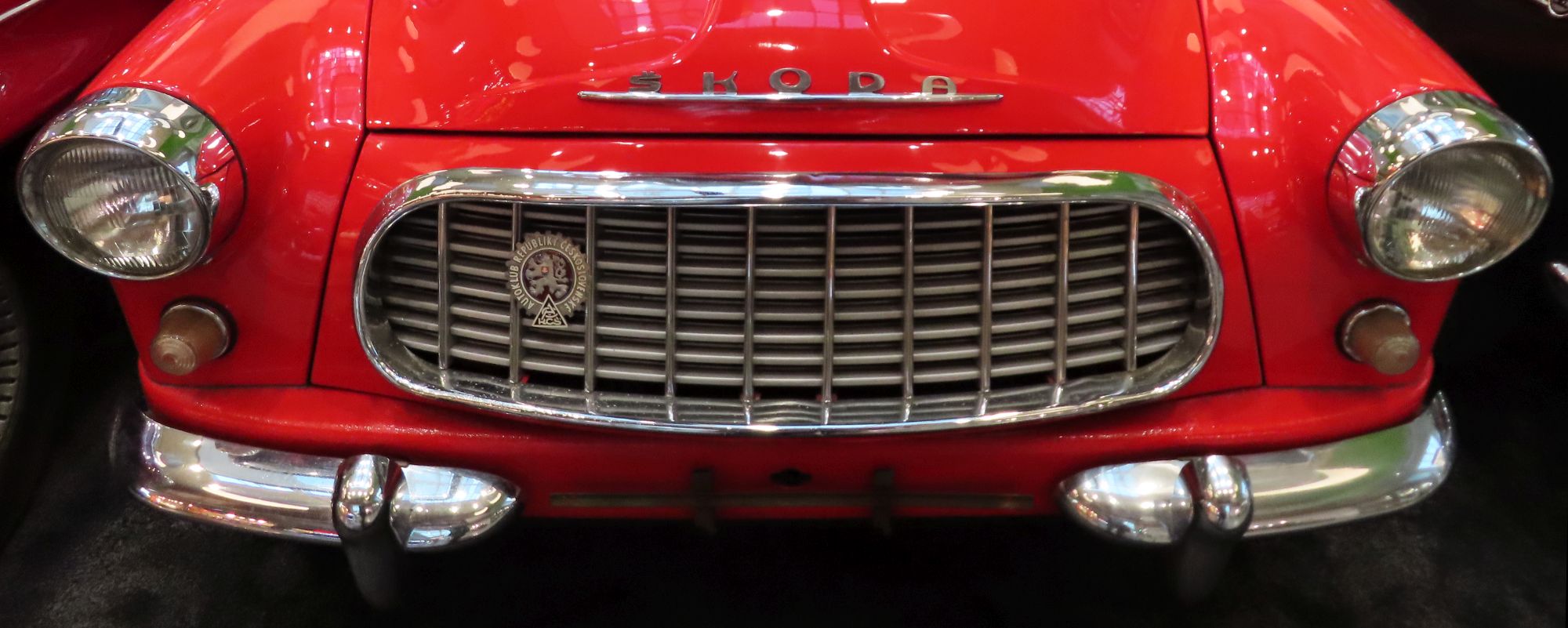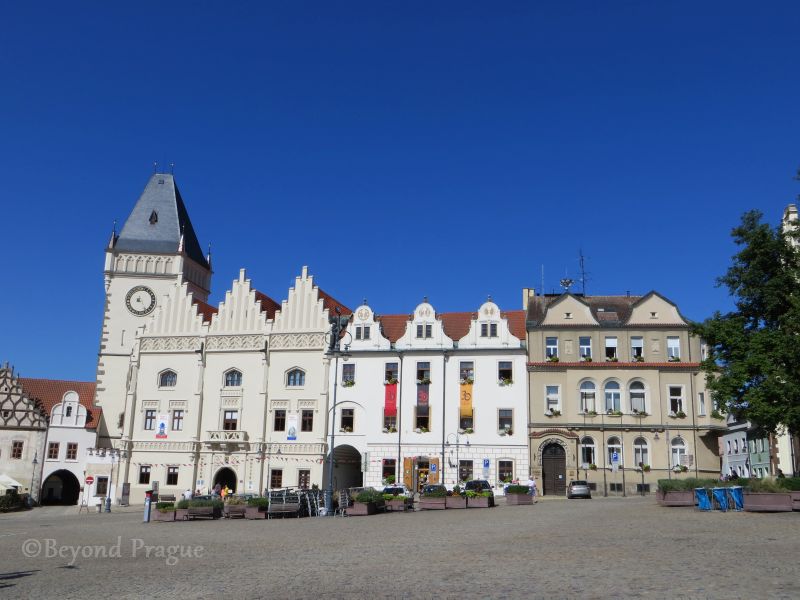Born in Battle
In the present, Tábor is an important transportation hub and commercial centre in South Bohemia. However, the origins of this city can be found in one of the more pivotal events in Czech history: the Hussite Wars (1419-1434).
Named after religious reformer, Jan Hus (c.1372-1415), the Hussites were a Protestant movement that rebelled against Roman Catholic forces for 15 years before eventually being defeated. Tábor was established in 1420 as the command centre for the Hussite forces; it was also home to the Taborites, a radical branch of the Hussite movement.
The city took its name from Mount Tabor, in present day Israel. However, the word “tábor” in contemporary Czech, translates into “camp” or “encampment” in English; a very appropriate name given the history of the place.
From 1437 to 1547, Tábor grew and prospered to gain great influence in Bohemia at the time. It was granted status as a royal city in 1437 and enjoyed a great degree of autonomy.
The city’s fortunes took a downturn in 1547 when it took a stand against helping Ferdinand I, then king of Bohemia, in his campaign against German Lutherans in the kingdom; an event known as The Estates Revolt. For that refusal, the king confiscated a great deal of the city’s lands and wealth.
In 1618, at the outbreak of the Thirty Years’ War (1618-1648), the city stood against Habsburg forces. While the city held its ground for three years, it did eventually surrender and was heavily looted by Austrian forces. In the last year of the war, the city was looted by Swedish forces.
In the wake of the Thirty Years’ War, Tábor knew a long period of peace and rebuilding. Eventually, it became a centre of culture and enlightenment and played an important role in the Czech National Revival movement of the late 18th and early 19th centuries. This movement was a response to the Germanization policies of Habsburg rule, which had done severe damage to Czechs’ knowledge of their own culture and threatened the existence of the Czech language itself. The movement rekindled interest among Czechs in their own customs, history and language.
Let’s spend some time in Tábor:
Start at the Heart
The centre of Tábor is well preserved and an urban monument reservation protected under Czech law. Žižka Square is the focal point of the city’s historic centre and a good place to start your exploration of Tábor. If you’re looking for inspiration and advice, the city’s tourist information office is on the square in the town hall.
The square is lined with architecturally and historically valuable burgher houses of Renaissance style and is a reminder of the city’s prosperous period between the mid 1400s and mid 1500s.
You will also find a prominent statue of Jan Žižka (c. 1360-1424), for whom the square is named. Žižka was a follower of Jan Hus and a very successful general during the Hussite Wars in spite of eventually losing both eyes in battle. He is enshrined as a national hero among Czechs. In the context of Tábor, he could be seen as a hometown hero given that he was born in the nearby village of Trocnov – a district of the contemporary town of Borovany.
To find out more about Žižka, the Hussites and the Hussite Wars; a visit to the Hussite Museum is certainly in order. The museum is located in the old town hall building on Žižka Square. The museum is separated into multiple sections and you can pay to see all of it or just selected sections.
Aside of the historical aspects, Žižka Square is also home to several restaurants of differing cuisine styles. In the summer months, most of these restaurants have outdoor dining terraces so you can have a view of the square with your meal.
Going off Centre
There’s more to Tábor than just the historic centre. The city is generally walkable and the tourism website gives tips on some self-guided walking tours.
Just to the east of the centre, you can visit the Jordán reservior that dates to the late 1400s and is the oldest reservoir in central Europe. Historically, it stored water for the community; however, it serves as a recreational area today and you can see many people partaking in water sport of one sort or another in the summer months.
In the Klokoty district of the city, to the west of the centre, you’ll find a Baroque style pilgrimage church and a Way of the Cross that leads to it.
The church is consecrated to the Assumption of the Virgin Mary and dates to the early 1700s
Among some of the city’s other attractions, you can visit the small botanic garden. Established in 1866, it is the second oldest botanic garden in the country.
For something a bit lighter and more whimsical after taking in all the history, Tábor also offers some smaller museums that include one dedicated to chocolate and marzipan and another dedicated to Lego.
Getting There and Learning More
As Tábor is on the train line that connects Prague and České Budějovice, rail is the best way to get there if you are travelling from either of those cities and don’t have a car.
If you decide to stay directly in Tábor when you visit, the city offers a variety of accomodation options to cater to just about anyone’s taste in travel, from campgrounds to four star hotels.
To see a bigger picture of what’s on offer to a visitor in Tábor, please follow this link to the city’s tourism website







